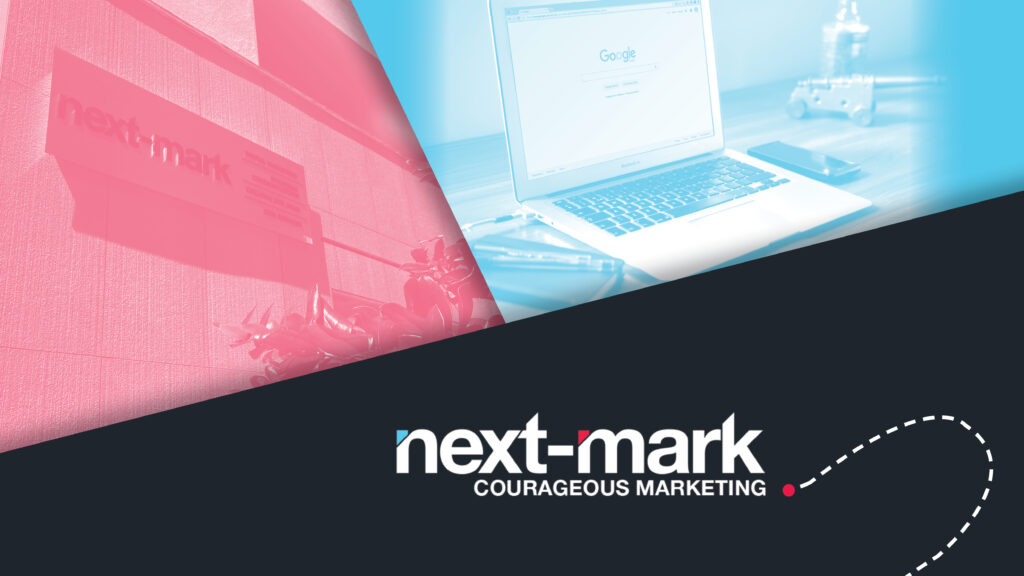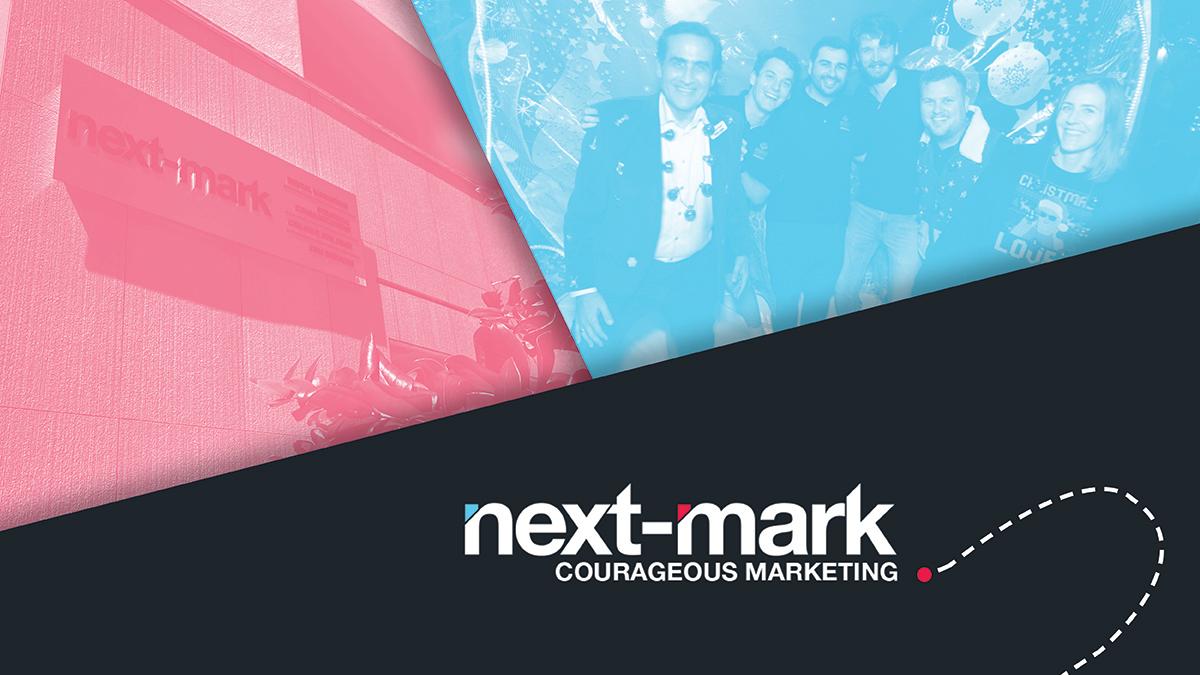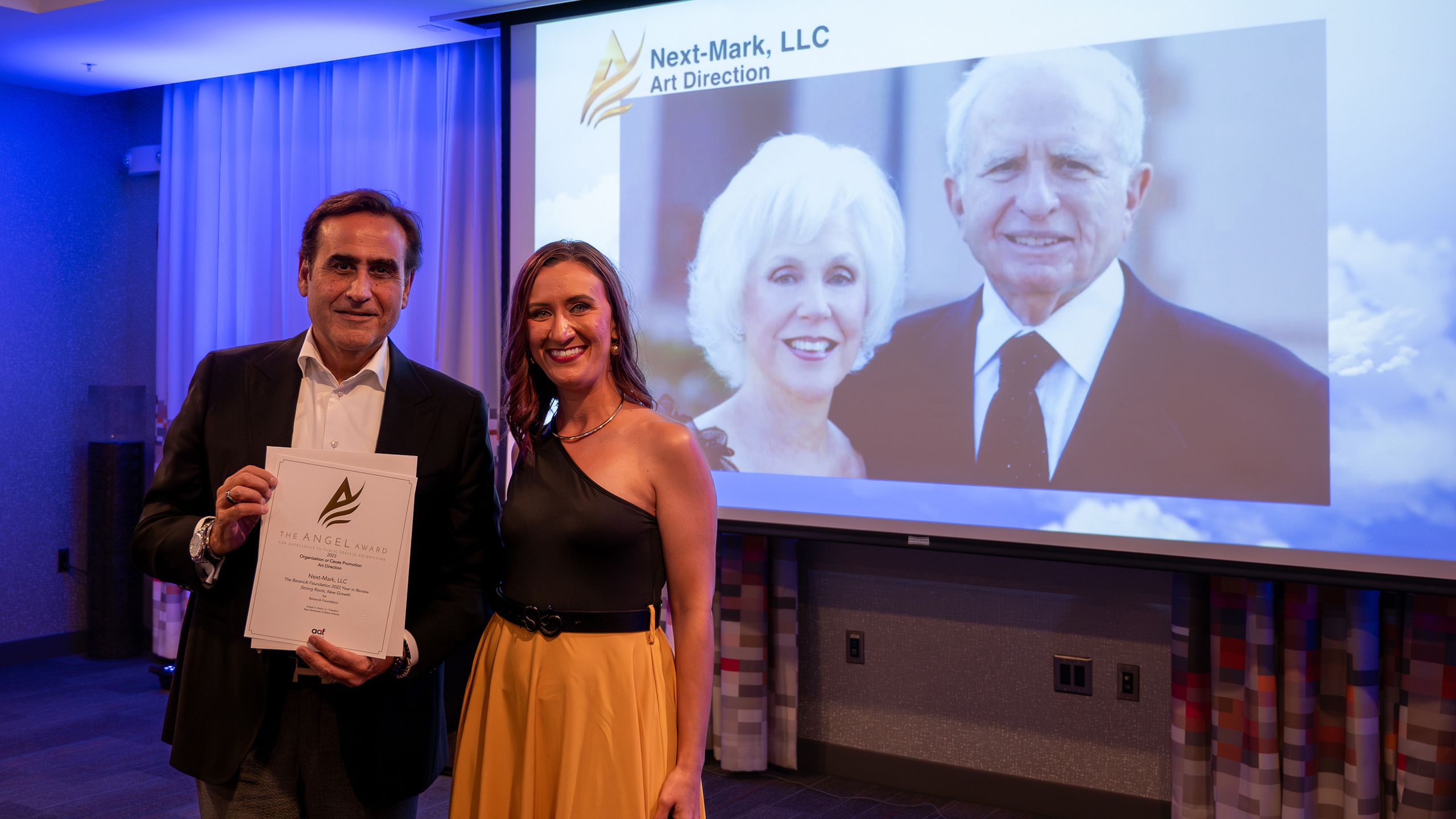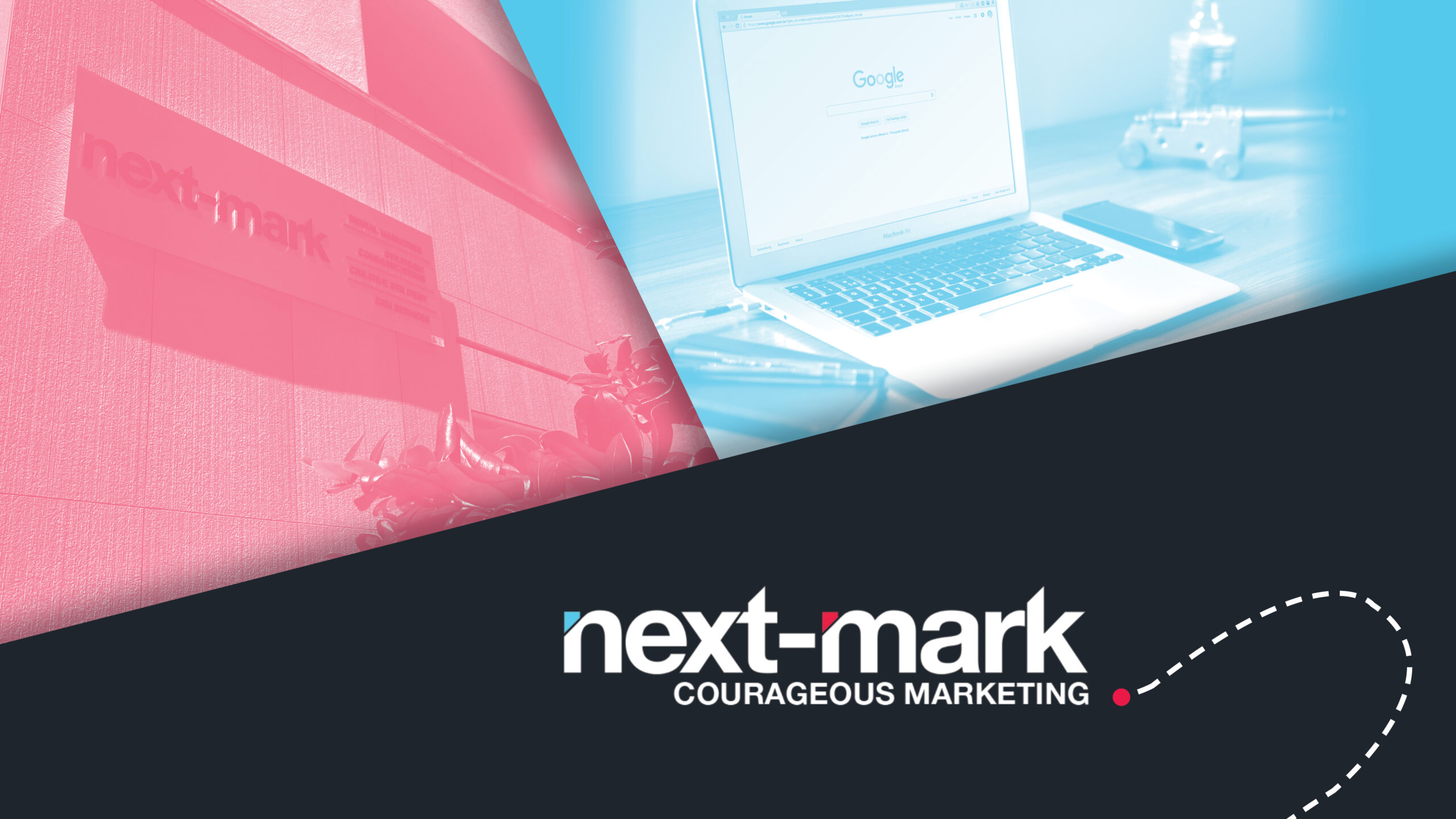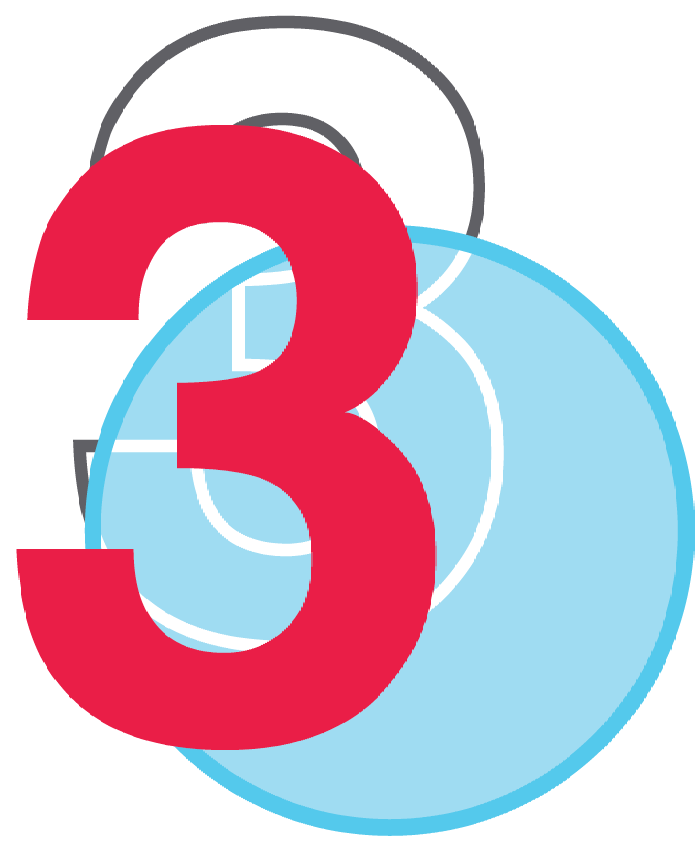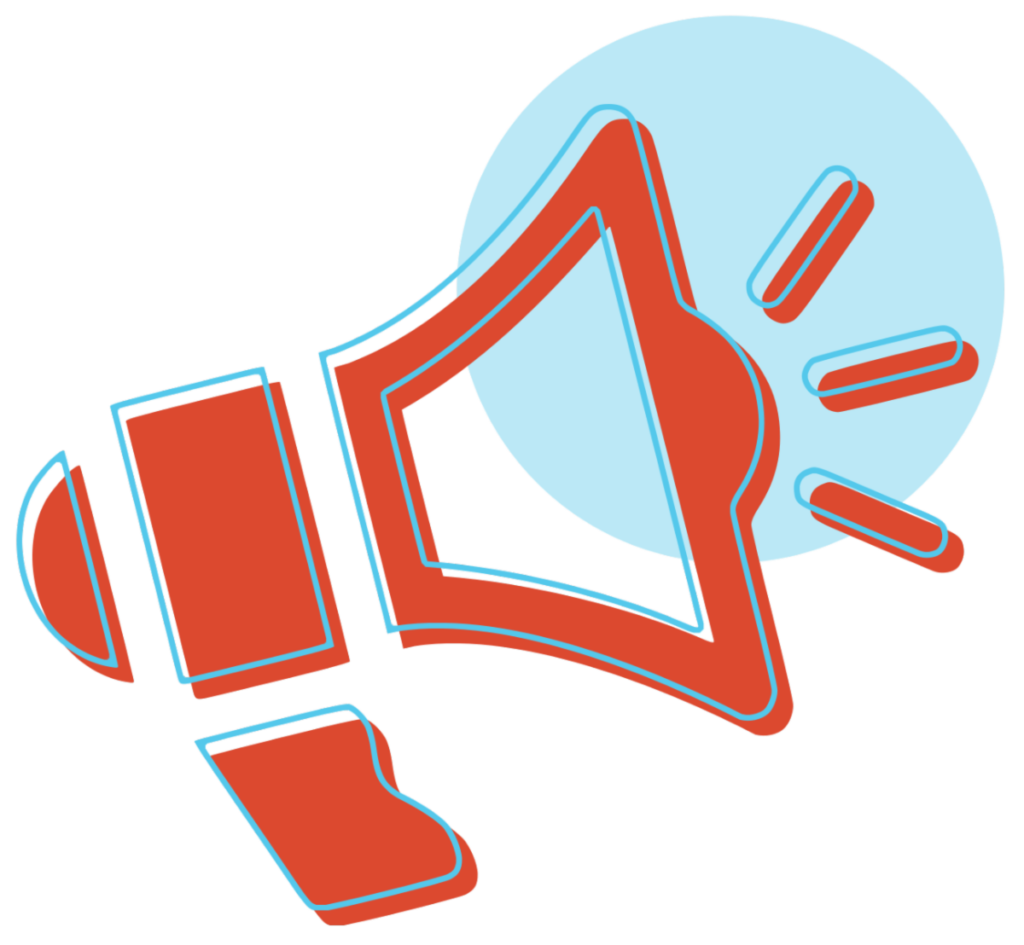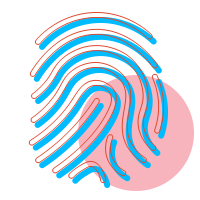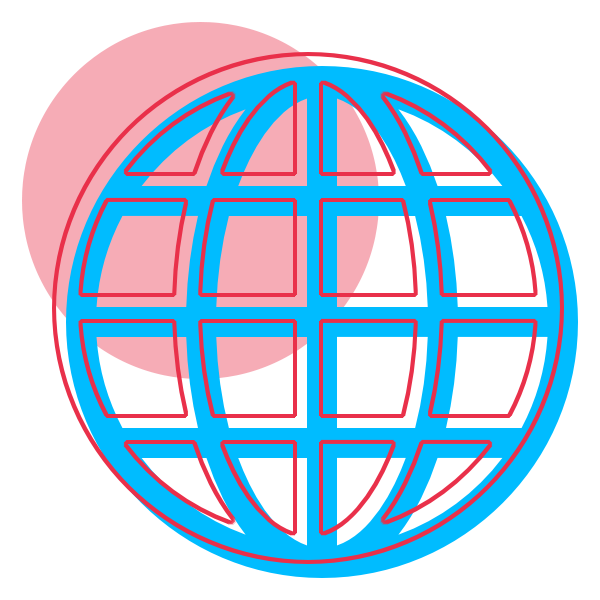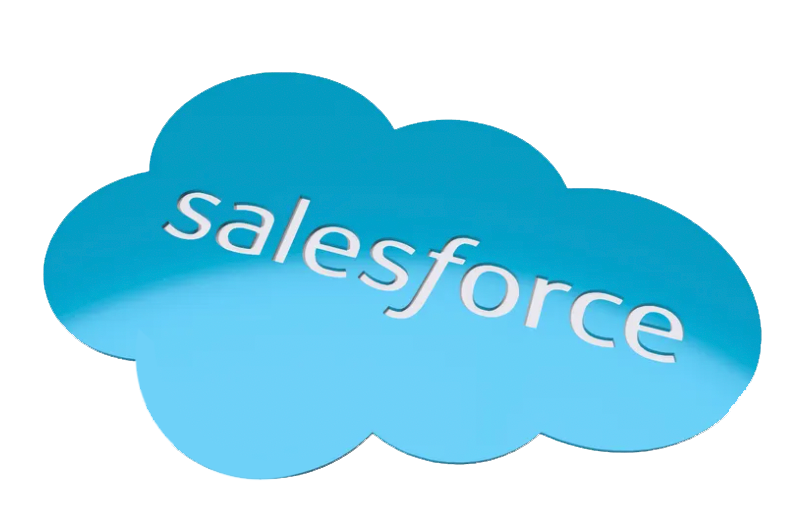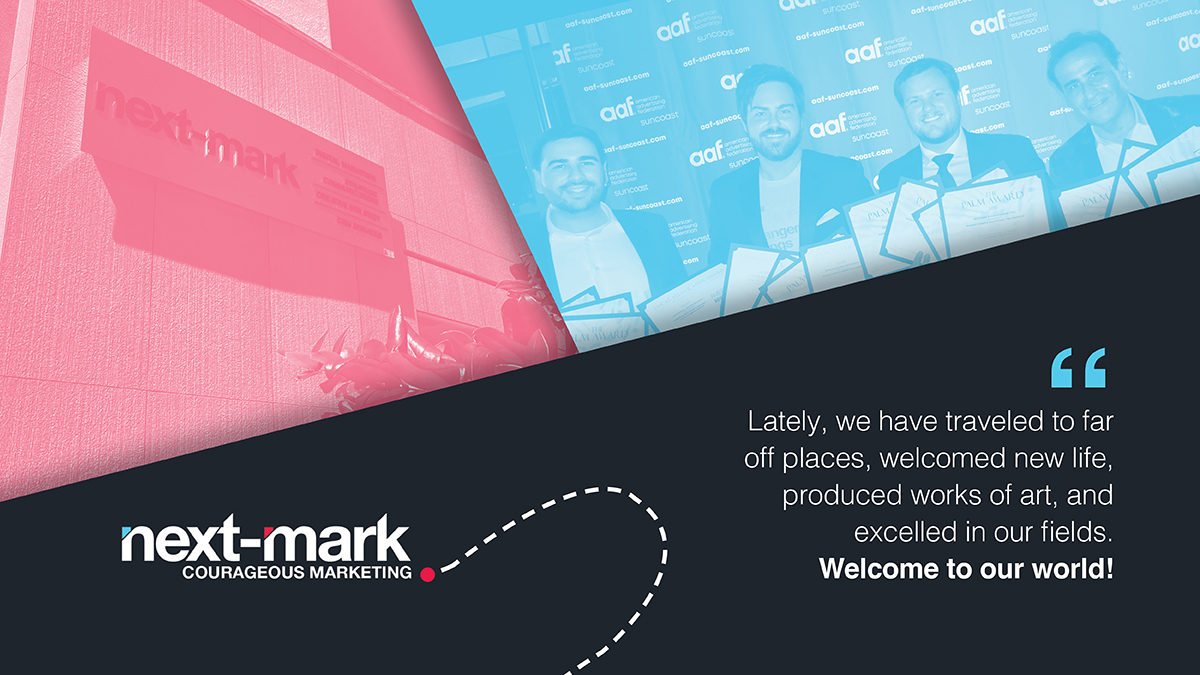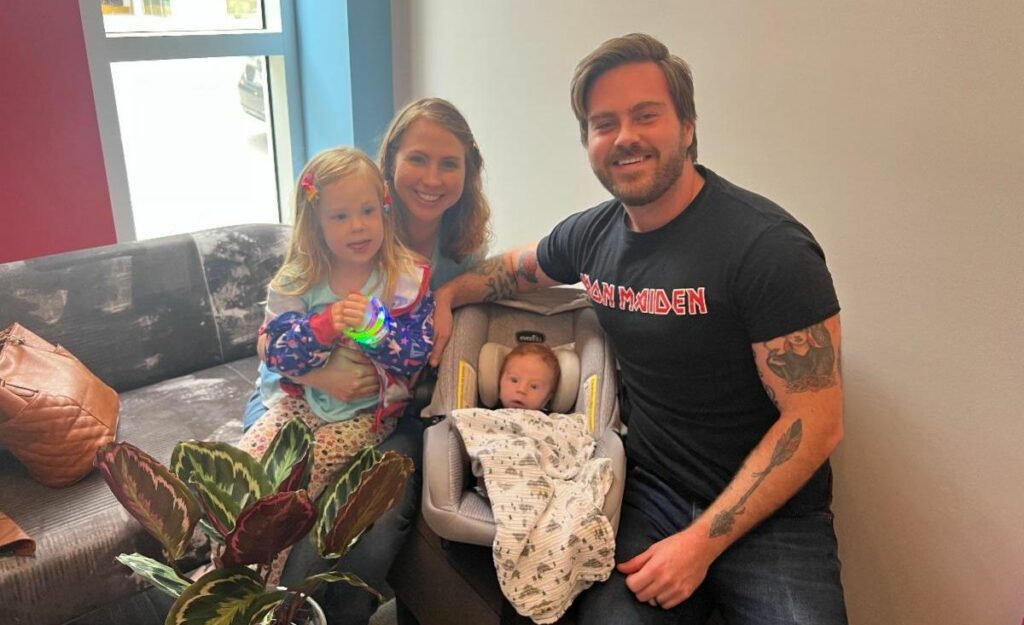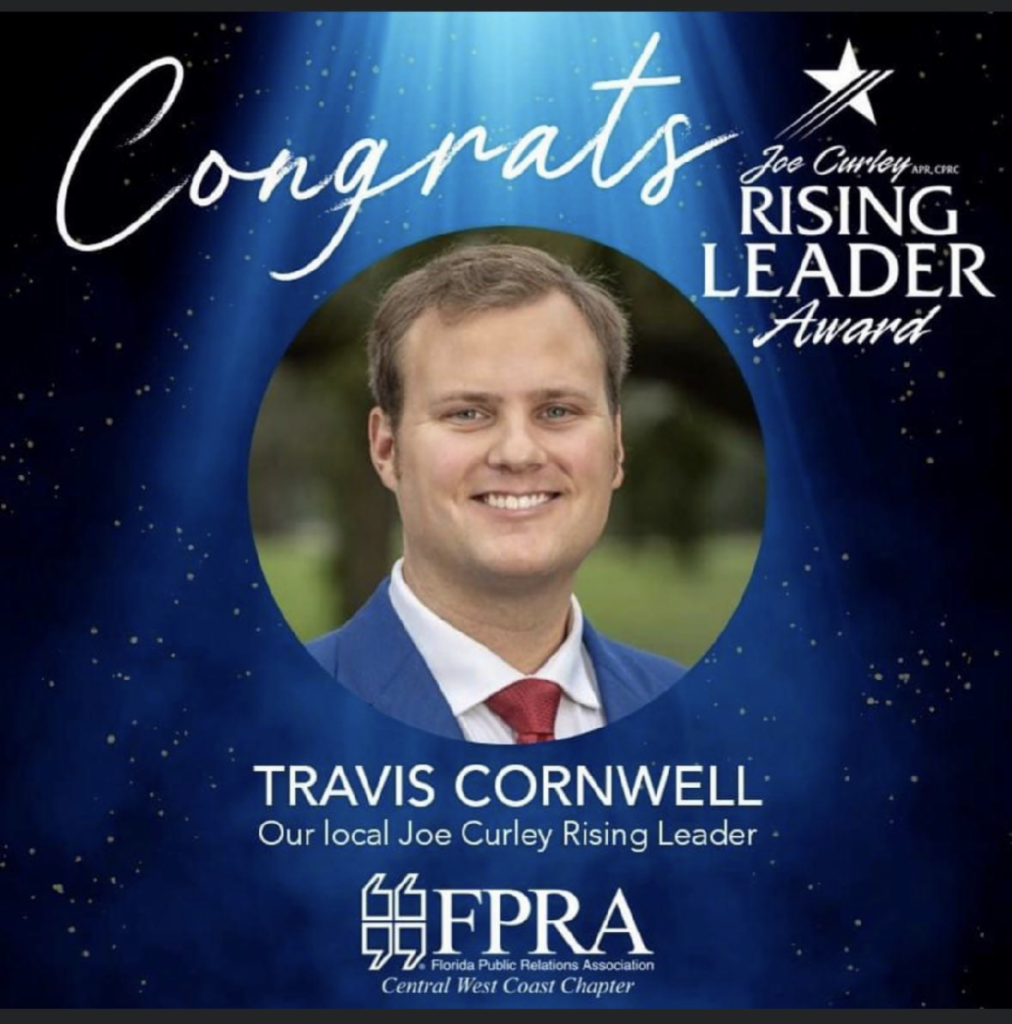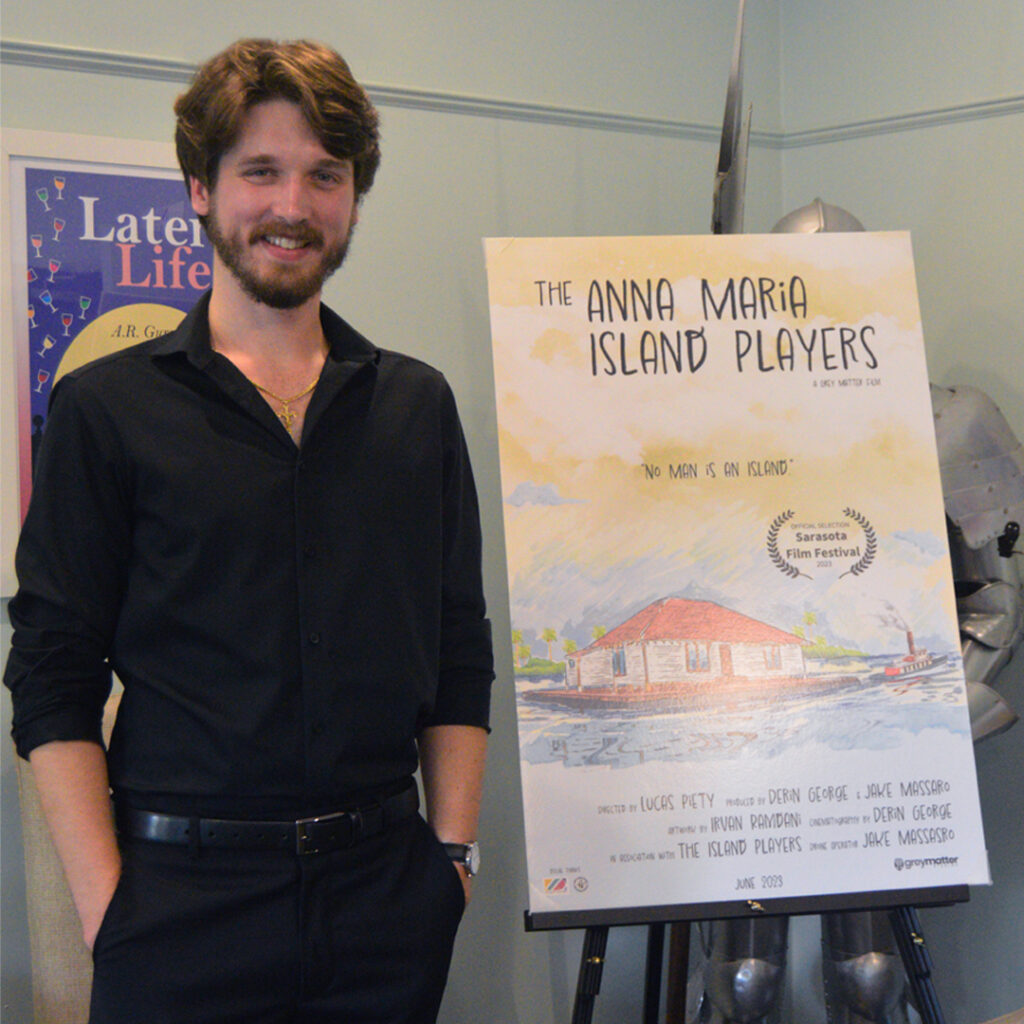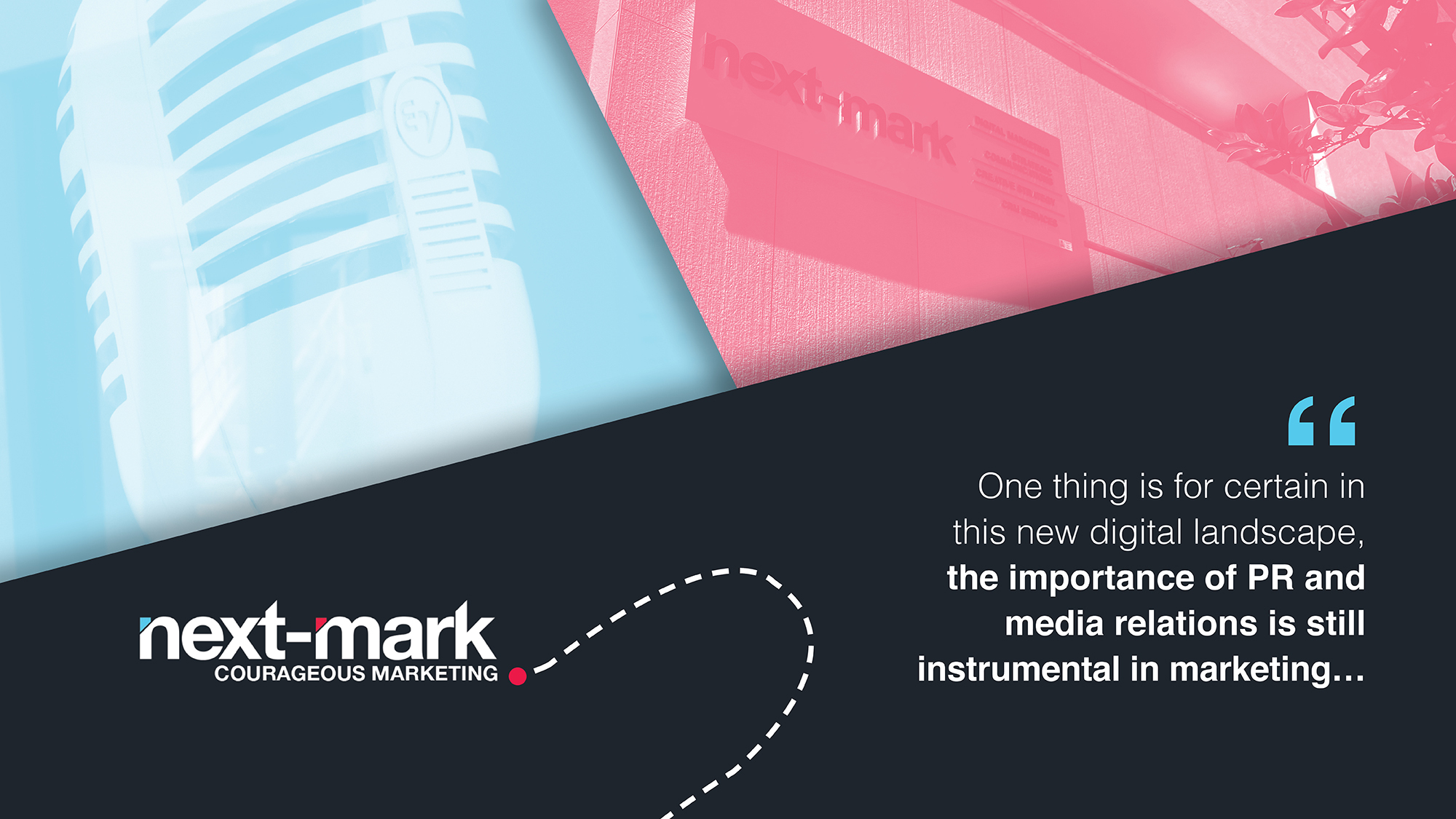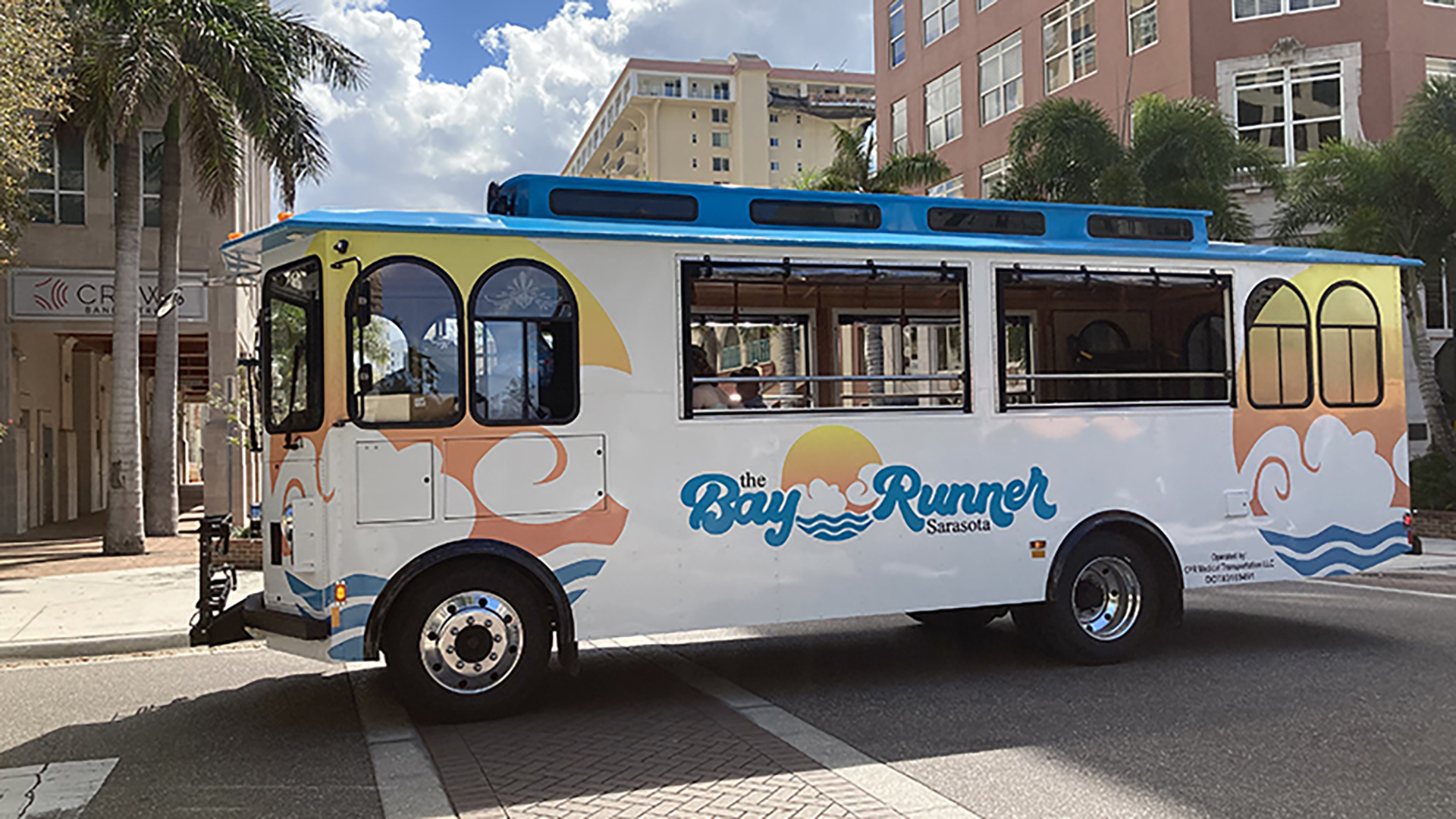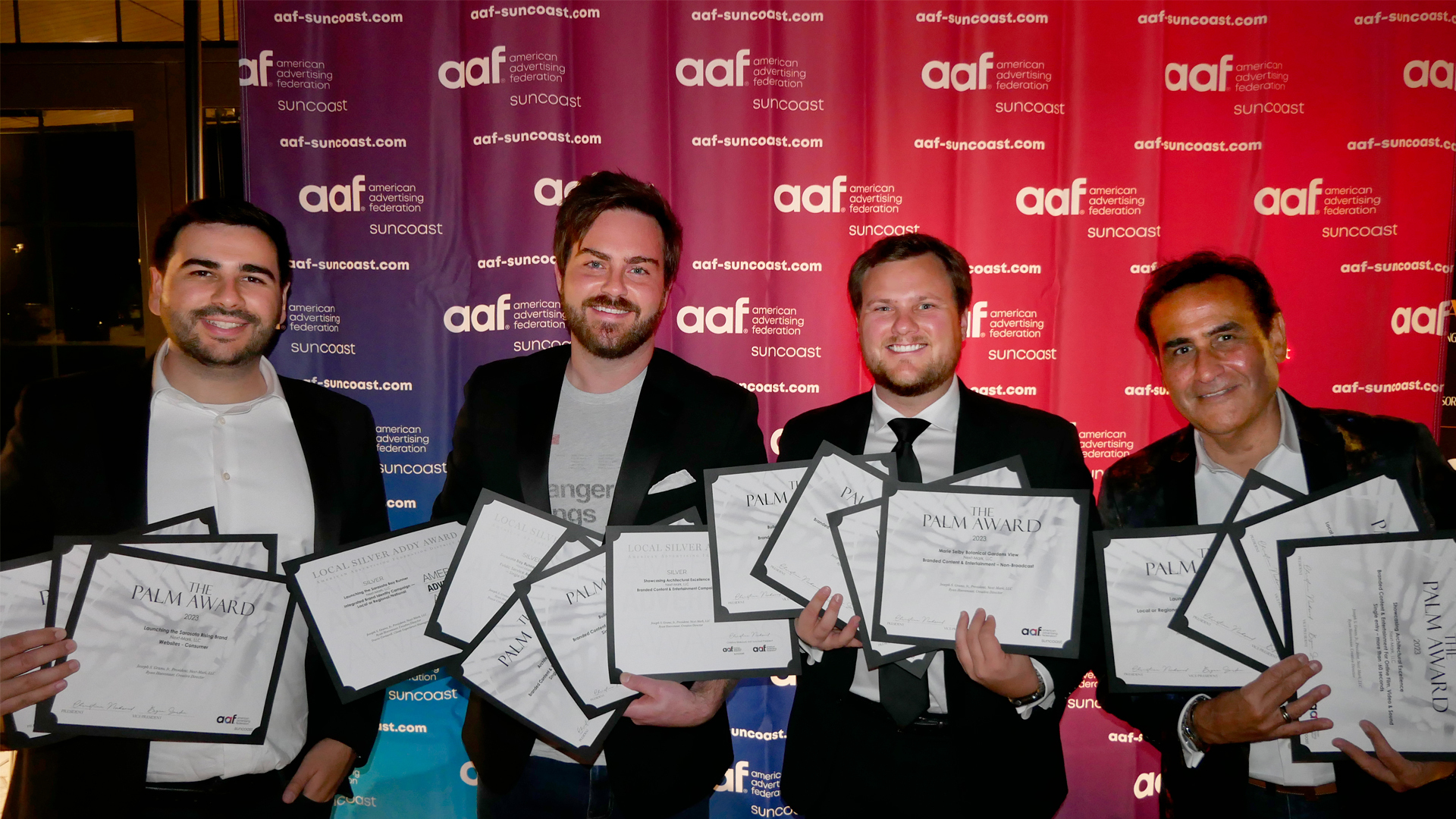Next Mark Super Bowl LVIII Ad Review
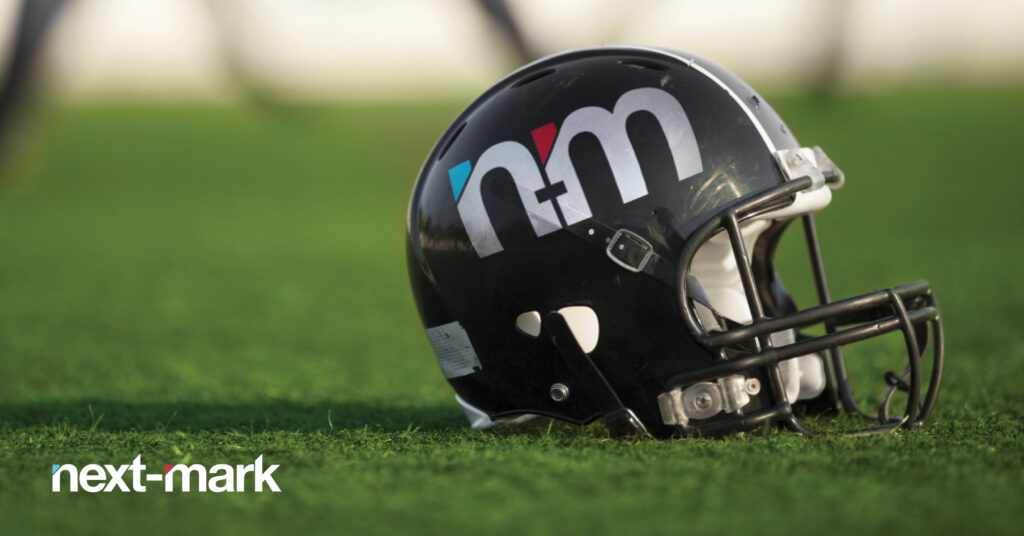
Super Bowl Sunday is a time-honored tradition for most Americans, and it’s no different for our team at Next Mark. Whether it’s tuning in for the game, ads, or halftime show, there’s something for everyone. You can probably guess here at Next Mark, being marketing and communications professionals, the ads are our favorite part. Seeing how companies marketed their brands on one of TV’s biggest nights, not only provides us with entertainment and laughs but also gives us insights into what works and what falls flat So, we polled the team on our favorite and least favorite ads from the night to give you our Next Mark Super Bowl LVIII Ad Review.
The Good
Star power and comedic timing propelled ads from State Farm, CeraVe, and Dunkin’ to the top of our list. With appearances from Arnold Schwarzenegger, Danny DeVito, Michael Cera, Ben Affleck, Jennifer Lopez, Matt Damon, and Tom Brady, it was hard for viewers to not be engaged. Whether it was the humor behind “neighbuh,” a coincidental naming incident, or a marital spat, these ads left a lasting impact on us.
The Bad
It’s no surprise that this year, unlike any other year, some Super Bowl ads didn’t leave a lasting impression. Snapchat and CrowdStrike were our team’s lowest-ranked ads. Both companies relied heavily on flashy visuals and fell short on delivering a clear message.
Honorable Mentions
Super Bowl LVIII delivered a plethora of ads that left our team with insight. It’s moments like these that provide us with inspiration and sparks of creativity. It motivates us to continue to propel our clients’ brands with content that leaves lasting impressions and creates meaningful conversations, even if they start with a bit of humor. As we look to the future, our team remains dedicated to excellence and innovation in our work.
A theme we saw and adored this year was the prevalence of TV reunions and references. Tina Fey and the 30 Rock cast teamed up for Booking.com, while Zach Braff and Donald Faison (Scrubs) reunited for T-Mobile alongside Jason Momoa and a surprise appearance from Jennifer Beals, wrapping up a Flashdance reference. The Suits cast made appearances for both T-Mobile and E.L.F. Beauty, adding to the nostalgia factor. Beyoncé shone in Verizon’s ad, weaving in references to notable pop culture events from the past year. Uber Eats boasted a star-studded cast, with Jennifer Aniston and one of her Friends co-stars, David Schwimmer, among the highlights. These ads showcased the power of celebrity collaborations and humor to captivate an audience and create a memorable viewing experience.

